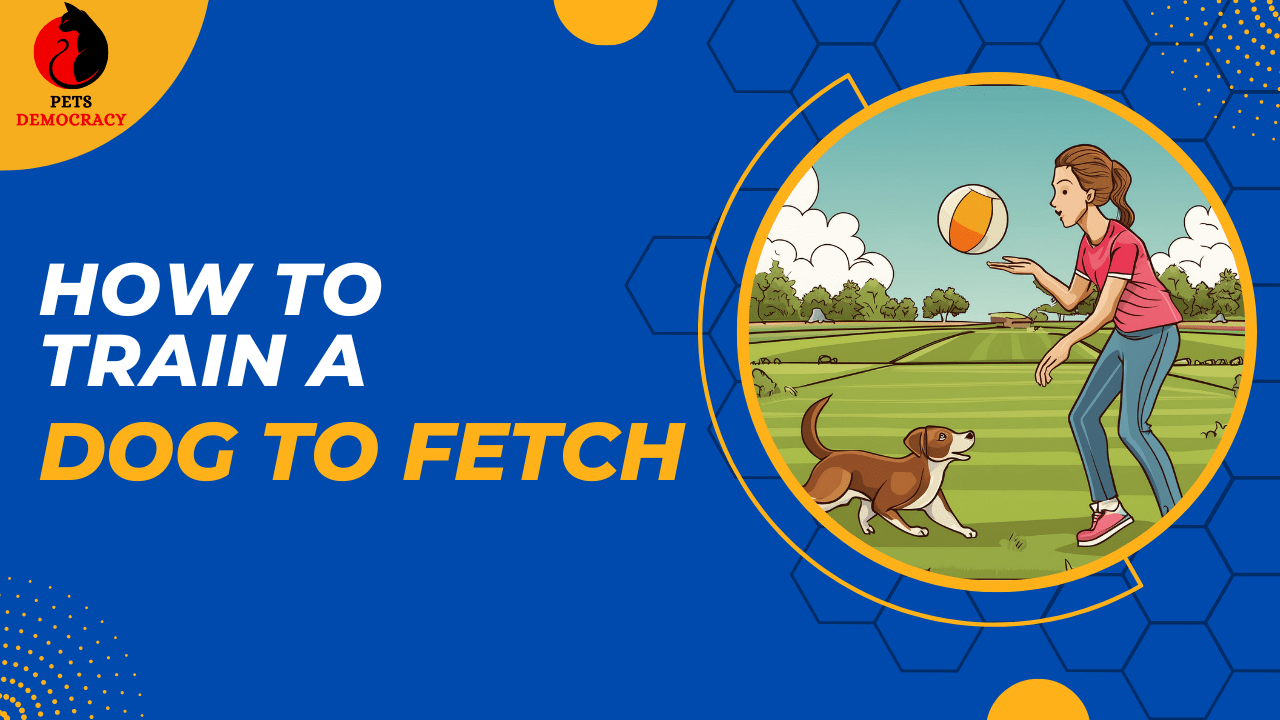
In this comprehensive guide, we’ll walk you through how to train a dog to fetch, ensuring that your canine companion masters this skill with ease.
Fetching is a classic game that many dog owners enjoy playing with their furry friends. It’s not only a fun activity but also provides great exercise and mental stimulation for your dog.
Understanding the Basics of Fetch
Before diving into the specifics of how to train a dog to fetch, it’s important to understand the basics of the game. Fetch involves three main components: the throw, the chase, and the return. Your dog needs to grasp these elements to fetch and bring back the ball successfully.
How to Train a Dog to Fetch: Getting Started
1. Choose the Right Equipment
The first step in training a dog to fetch is selecting the appropriate equipment. Here are a few tips:
- Choose the Right Ball: Select a ball that is appropriate for your dog’s size and breed. Small dogs might struggle with large balls, while large dogs could easily choke on small ones.
- Durable Toys: Make sure the ball or toy is durable and safe for your dog to chew on.
- Treats and Clickers: Having treats and a clicker on hand can help reinforce positive behavior.
2. Create a Positive Environment
Training should be a positive experience for your dog. Choose a quiet, open area where your dog feels comfortable. This will help minimize distractions and make the training sessions more effective.
How to Train a Dog to Fetch a Ball: Step-by-Step Instructions
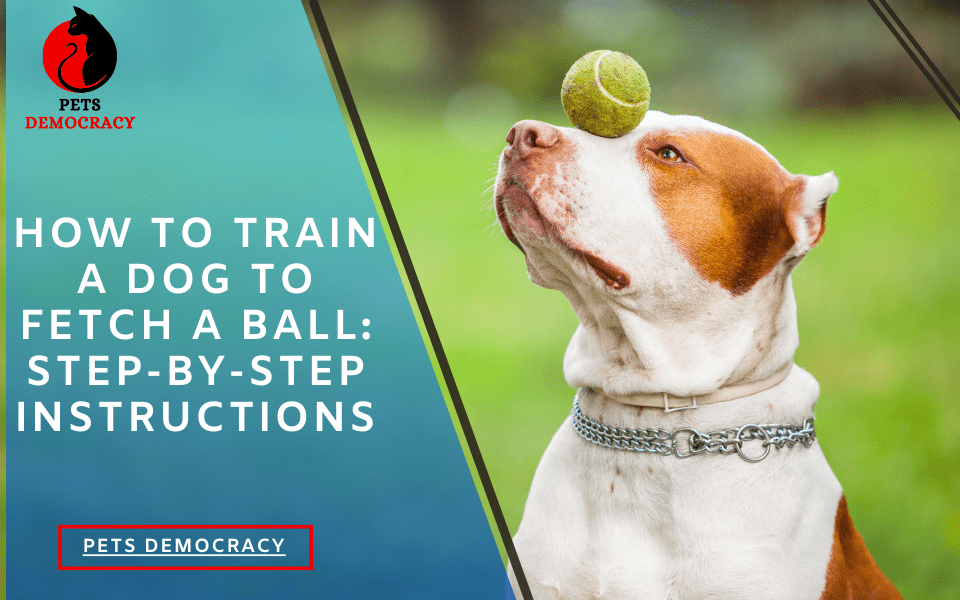
Step 1: Introduce the Ball
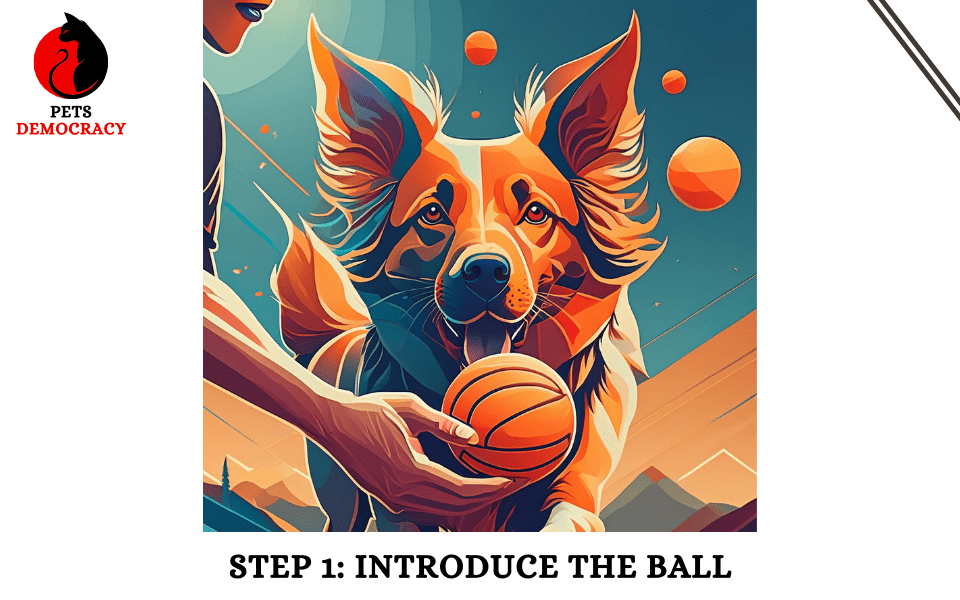
To begin training a dog to fetch a ball, start by introducing the ball to your dog. Allow them to sniff and explore the ball so they become familiar with it. Encourage your dog by using an excited tone of voice and offering treats when they show interest in the ball.
Step 2: Encourage Chasing the Ball
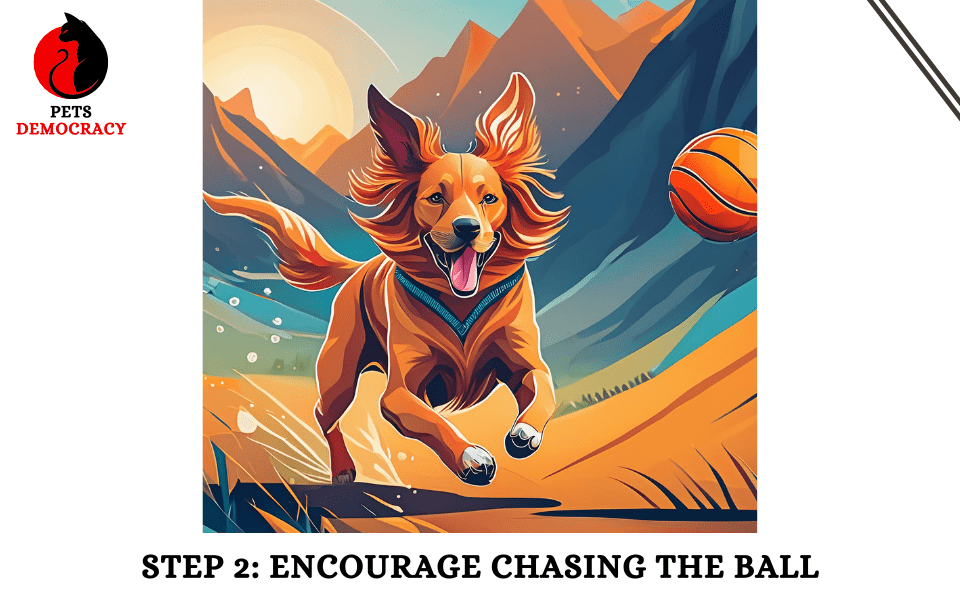
Once your dog is comfortable with the ball, the next step in training a dog to fetch a ball is to encourage them to chase it. Here’s how:
- Toss the Ball Short Distances: Start by gently tossing the ball a short distance. Use enthusiastic verbal cues like “Go get it!” to encourage your dog to run after the ball.
- Use Treats for Motivation: If your dog doesn’t show interest initially, use treats to lure them towards the ball.
Step 3: Teaching the Retrieval
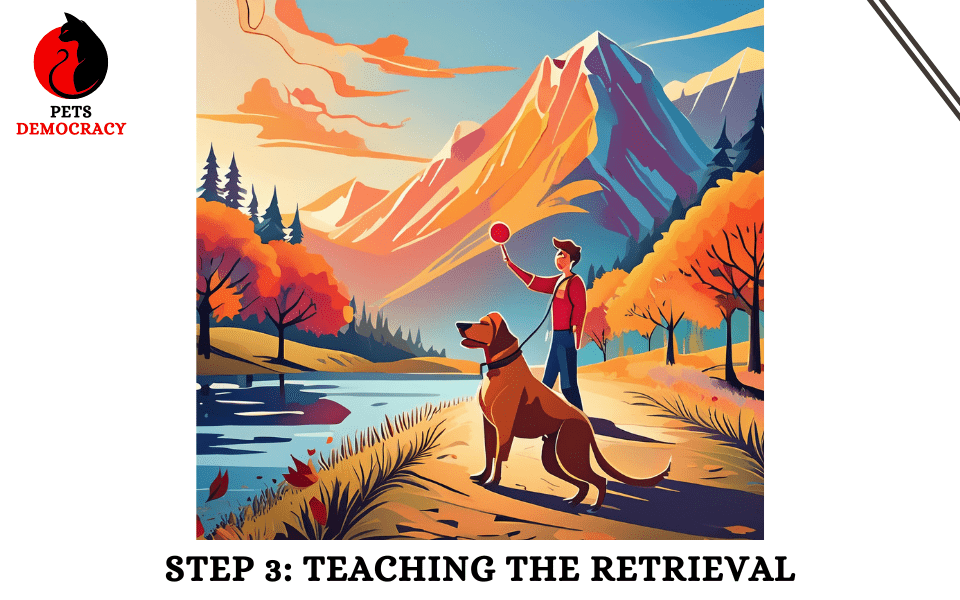
Teaching your dog to retrieve the ball is a crucial part of how to train a dog to fetch. Follow these tips:
- Encourage Picking Up the Ball: When your dog reaches the ball, encourage them to pick it up by offering praise and treats.
- Practice with Short Distances: Start with short distances and gradually increase the distance as your dog becomes more confident.
How to Train a Dog to Fetch and Return a Ball

Step 1: Training the Return
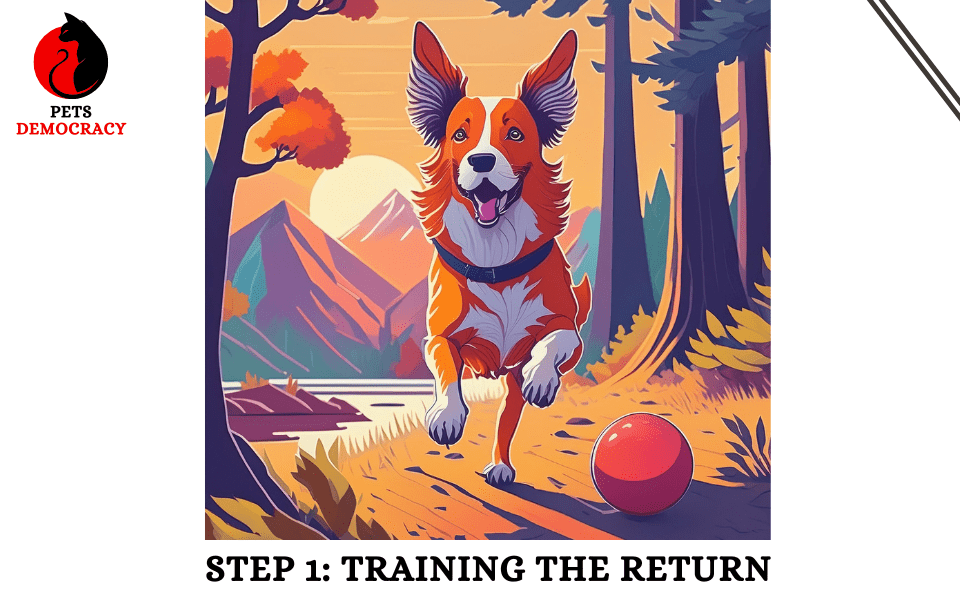
The return is often the trickiest part of fetch training. Here’s how to train a dog to fetch and return a ball effectively:
- Use the Command “Come”: Once your dog picks up the ball, use the command “come” to encourage them to return to you.
- Reward the Return: As soon as your dog starts moving towards you with the ball, reward them with treats and praise. This reinforces the behavior and makes them more likely to return the ball in the future.
- Practice Consistently: Consistency is key. Practice this step multiple times in each session to help your dog understand what is expected.
Step 2: Adding Complexity
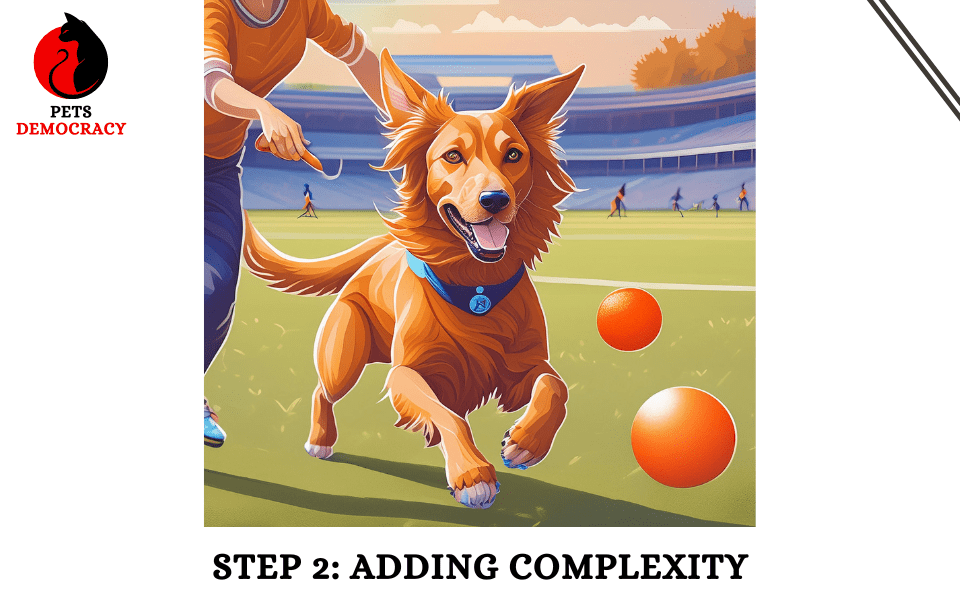
As your dog gets the hang of the basics, you can add more complexity to their fetch training:
- Increase Distance: Gradually increase the distance you throw the ball to improve your dog’s stamina and retrieval skills.
- Introduce Obstacles: Add obstacles or play in different environments to challenge your dog and keep the training sessions interesting.
- Combine Commands: Start combining commands like “fetch,” “come,” and “drop it” to reinforce multiple behaviors at once.
Troubleshooting Common Fetch Training Issues
Training a dog to fetch can come with its own set of challenges. Here are some common issues and how to address them:
Issue 1: Dog Won’t Chase the Ball
- Lack of Interest: If your dog shows little interest in chasing the ball, try using a different toy or ball that they find more appealing.
- Low Energy: Ensure your dog is in good health and has enough energy before starting a fetch session.
Issue 2: Dog Won’t Bring the Ball Back
- Distractions: If your dog gets distracted easily, try training in a quieter area with fewer distractions.
- Lack of Motivation: Use high-value treats and plenty of praise to motivate your dog to return the ball.
Issue 3: Dog Drops the Ball Too Soon
- Reinforce the Return: Make sure to reward your dog only when they bring the ball all the way back to you. Gradually reduce the distance you reward them for returning the ball.
- Hold Command: Teach your dog the “hold” command to help them keep the ball in their mouth until they reach you.
FAQs About How to Train a Dog to Fetch
How long does it take to train a dog to fetch?
Training a dog to fetch can vary depending on the dog’s age, breed, and previous training experience. Typically, it can take a few weeks to a couple of months for a dog to reliably fetch and return a ball.
What if my dog is not interested in fetching?
If your dog is not interested in fetching, try using different toys or balls that they might find more appealing. You can also use treats and praise to make the game more rewarding for them.
Can older dogs learn to fetch?
Yes, older dogs can learn to fetch! While it might take a bit more time and patience, older dogs are capable of learning new tricks and games with the right motivation and training techniques.
How often should I train my dog to fetch?
Practice makes perfect. Aim to have short, frequent training sessions (about 10-15 minutes) daily. This keeps your dog engaged and prevents them from becoming overwhelmed or bored.
What if my dog doesn’t return the ball?
If your dog doesn’t return the ball, you can use treats and praise to encourage them. Additionally, practicing the “come” command separately can help reinforce the return behavior.
Conclusion
Learning how to train a dog to fetch can be a rewarding experience for you and your furry friend.
Following these steps and remaining patient can teach your dog to fetch and return a ball, providing them with great exercise and mental stimulation.
Remember to use positive reinforcement, keep training sessions short and fun, and address any challenges with patience and consistency.


